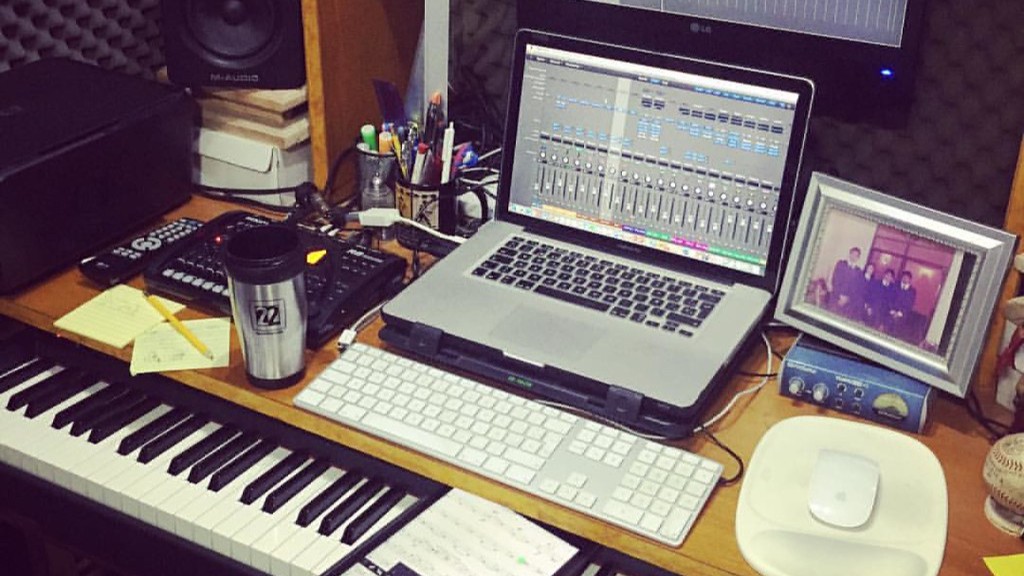How To Draw In Graffiti
If you’ve ever had the desire to create your own graffiti art, you’ve likely found it quite daunting. After all, graffiti art is a mixture of raw artistic talent and creative techniques that may seem hard to master.
But the truth is, even if you’ve never had any prior experience in drawing graffiti, you can pick up the basics in no time. So, if you’re ready to take your creativity to the next level, here are a few steps for how to draw in graffiti.
Find a Canvas to Practice on
Before you get started spewing out your graffiti designs on walls, it’s essential to practice letting your ideas come to life. To do this, you have to have a create a canvas— the base that you’ll do all of your drawing — on. A simple canvas is to find some paper, break it into small segments, then use those segments to practice on.
When you’re starting out, you don’t need a huge sheet of parchment paper or canvas to practice on. Actually, smaller sheets are often good to start and practice basic techniques on. Not to mention, you’ll want to be sure to keep your drawing simple when you’re first getting started, so the canvas size should reflect that.
Once you feel like you’re getting the hang of it, you can try out some basic designs and techniques on a larger canvas. This will give you more of a sense as to what you’re able to create, and what kind of things you should be aiming to draw.
Begin with Easy Sketches
The best way to start drawing graffiti is by sketching out easy designs that you can build on. On the canvas you prepared, practice writing letters and numbers so that you can see how you’re forming these specific elements. This can possibly unlock patterns and ideas that you can use in your fall design.
In sketching out these basic shapes, you can work on the pressure and direction of your pencil to develop variations in the lines you’re working with. That said, don’t forget to practice curving lines, as these can be used to create compelling shadows and shadows and highlights on your final design.
Develop Some Inspiration
To bring your sketches to life, it’s key to draw inspiration from the graffiti styles you admire. Sure, you may fancy a few legends of the graffiti world, but to really stand out, you’ll need to combine a range of styles you admire.
For example, you’ll want to do research on lettering styles, color palettes, and shapes that have been featured in graffiti art pieces that you find attractive. Once you’ve developed some inspirations, you’ll be able to better visualize how you want your own pieces to look. It’s also a great idea to take note of the stories that each piece seems to tell.
Edit and Refine
Refining your graffiti drawings is key to make sure each piece stands out. To do this, you’ll want to start by looking at the basics of your art. That means reviewing the proportions and size of each element, as well as how you’re using shadows and shadows to bring each element together.
You should also take time to reassess your use of color and with lettering. After all, this will be a main factor in creating an entire picture or setting in your artwork. As you refine each piece, make sure to look at it from different angles to see what you may have missed before.
Breathe Life Into It
The last and most crucial step of drawing graffiti is to add a personal spin to the piece. This can be done with simple items like the size and direction of your lines or it could be something much more detailed and intricate. At the end of the day, it will be up to your imagination to decide where and when to add your personal touch.
Take every graffiti piece as a chance to express your innermost feelings, ideas, and opinions and let that reflect in the finished product. Making sure all of your elements come together in a way that accurately conveys an idea or message will be key to bringing any piece of graffiti art to life.
Expect Mistakes & Draw Inspired
Drawing graffiti is just like any other form of art – you’re going to make mistakes along the way. Don’t let these deter you or discourage you from progressing. Instead, focus on acknowledging them, owning up to them and learning to refine your art even further.
Making mistakes is all part of the process of creating something valuable and even the best graffiti artists make mistakes. So it’s important to remember to never give up and stay inspired throughout the journey of learning how to draw in graffiti.
Be Creative and Expand Your Horizons
Now that you know the basics of how to draw in graffiti, why not take it one step further and bridge the gap between your own personal drawings and the world of graffiti. You could even start a business where you make and sell custom graffiti products. It’s all about getting creative and exploring the possibilities of your art.
There’s no limit when it comes to the kinds of designs you can draw in graffiti. Once you get started, get creative and take it to the next level. There are lots of tools and art apps you can use to help you draw in graffiti and make your creations come to life.
Try Out Online Tutorials
When you’re just getting started, it’s always a good idea to try out some online tutorials to get different perspectives on drawing in graffiti. There are a lot of online tutorials available which offer tips, tricks, and advice from seasoned graffiti artists who have been in the business for quite some time. They can provide invaluable advice and insight when you’re feeling stuck.
These tutorials can help you learn faster and become more comfortable with the graffiti drawing process. Plus, it’s a fantastic way to learn more about the history of graffiti art, which can open the door to new ideas and techniques.
Get Out and Draw
Most importantly, once you get started on how to draw in graffiti, get out and start drawing. Make sure to push your boundaries when you’re coming up with ideas, and use your imagination to come up with something nobody has seen before. The most important thing to remember is to have fun and don’t be afraid to make mistakes.
Take your time and don’t get discouraged if it takes a while to get the hang of it – that’s just part of the process. As you go along, keep creating and expanding your skill set and you’ll soon gain the confidence you need to produce dynamic, unique graffiti art.


